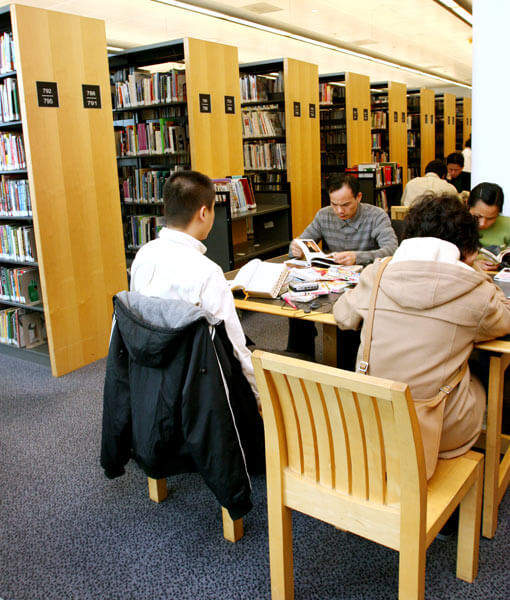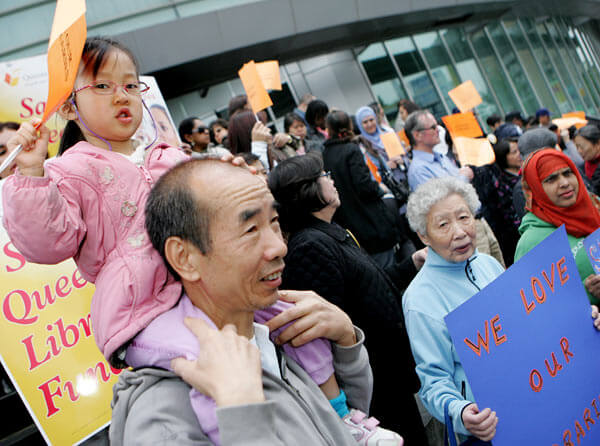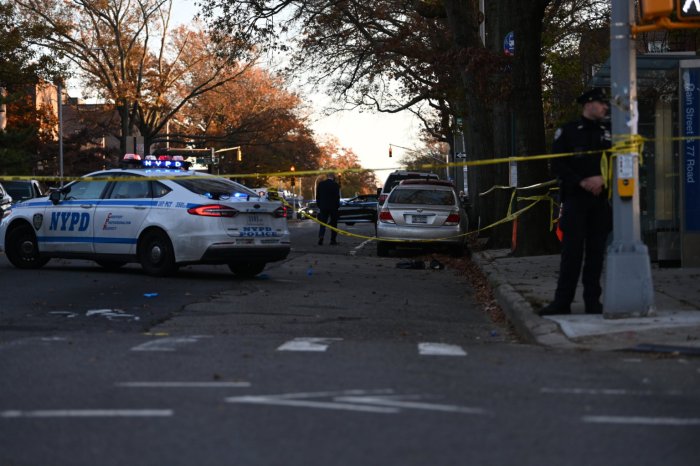By Rich Bockmann
In Queens, where more languages are spoken than possibly any other place on the planet, the borough’s public library serves as an institution that stands alone in the eyes of immigrants.
“For our community, all the people who go there find it to be a place that’s more comfortable and trustworthy. They see other immigrants there who are more like them. They may not speak proper English and they can find books in their own language,” said Naheed Bahram, program manager for the advocacy group Women for Afghan Women.
“It connects them somehow to their homeland,” she said.
Bahram’s group is one of the many community-based organizations that the Queens Library works with to help tailor its programming and catalogues to the specific needs of the neighborhoods surrounding each of its 64 locations.
A new report by the Center for an Urban Future highlights how the city’s libraries go beyond the realm of cultural institutions to serve as cultural and economic engines. The report compared the Queens Library to 24 others across the country and Canada, and found that it stood alone in how it engages immigrant communities.
“Although all three New York City systems make an immense effort to cater to immigrant needs, the Queens Library’s huge repertoire of immigrant programs and resources stands out and may well be unequaled anywhere in the world,” the report read.
Surrounded by the city’s largest Asian population, the library’s Flushing branch had the highest circulation among the city’s three library systems with just more than 3 million materials circulated in 2011. The central library in Jamaica ranked fourth citywide with a circulation of about 2.4 million and branches in diverse neighborhoods such as Elmhurst, Fresh Meadows and Bayside cracked the Top 10 with circulations of more than 800,000 each.
Joanne King, a spokeswoman for the library, said immigrants come from such varied backgrounds and the organizations help establish trust and tailor the library to each community.
“For instance, some groups may need or want more programs in their language about home ownership in the U.S. because the banking system in the home country is very different. Other groups understand mortgages but come from a place where all university education is free, so they need programs on how to finance a college education,” she said. “If you came from a place with fully socialized medicine, would you know how to find affordable medical care in New York? We serve so many people whose information needs are so different from one another.”
While the library has succeeded in its outreach efforts, it has done so in spite of the tenuous way it receives funding, according to the center’s report.
Unlike the Columbus, Ohio, library system — which is funded through a property-tax levy — New York’s three libraries are independent, nonprofits that face steep budget cuts each year.
The Queens library has seen a $17.5 million reduction in city funding since 2008, which has corresponded to a drop in its acquisition budget and circulation.
It has also forced the library to cut hours. The borough’s libraries are open an average of 42.3 hours a week, ranking Queens 20th out of 25 large urban library systems.
“Even the Detroit public library system stays open longer,” the report said.
The report concluded with several recommendations to increase funding for libraries, such as baselining them in the city’s budget and changing state laws that would allow libraries to receive job readiness funds for adult literacy programs.
Reach reporter Rich Bockmann by e-mail at rbockmann@cnglocal.com or by phone at 718-260-4574.































